Únase a getAbstract para acceder al resumen.
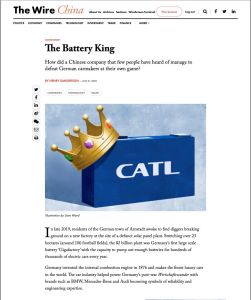
Únase a getAbstract para acceder al resumen.
Henry Sanderson
The Battery King
How did a Chinese company that few people have heard of manage to defeat German carmakers at their own game?
The Wire China, 2022
¿De qué se trata?
German luxury carmakers have come to rely on one Chinese firm in their switch to electric automobiles.
Recommendation
When you think of the luxury vehicle industry, you likely think of Germany’s contributions — after all, the country is home to carmakers like Mercedes-Benz, Audi and BMW. But journalist Henry Sanderson explains how a Chinese company with humble origins eclipsed German auto manufacturers in the race to produce batteries for electric cars. Sanderson’s probing, in-depth analysis details the vital role China is playing in the transition from combustion-engine autos to electric vehicles.
Summary
About the Author
Executive editor of Benchmark Mineral Intelligence Henry Sanderson wrote VOLT RUSH: The Winners and Losers in the Race to Go Green.










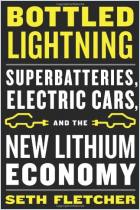

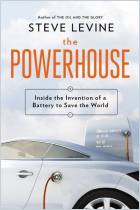
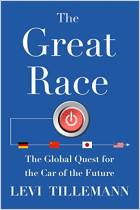

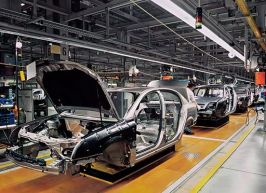



Comment on this summary